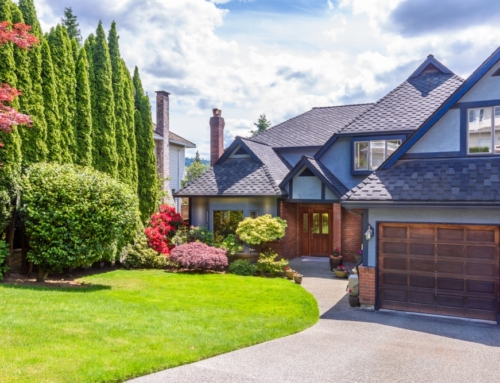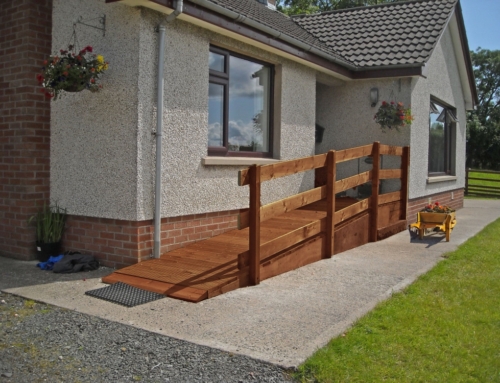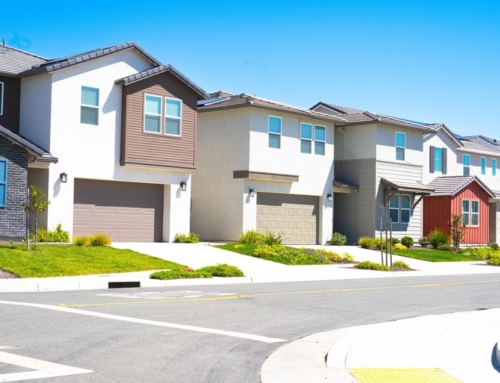Q: My fiancee and I are first time homebuyers. We’re looking for a house to live in for no more than 5 to 7 years. An ideal home would be one that is outdated and needs some cosmetic help.
We live in a hot housing market where house prices have been rising quickly for the past 3 years. The market is showing no signs of slowing. We have the money on hand to put 20 percent down on a $200,000 home and pay closing costs.
So far, we have talked to a lender at our bank and spoken with two individual mortgage brokers. Each of them has had different ideas as to what to do with our cash on hand and what kind of loan to take out.
The banker wants us to put it all down to avoid private mortgage insurance (PMI). Each mortgage broker has suggested we put down less and take out an 80/15/5 and 80/20 mortgages. These loans would have no PMI.
We each have a car payment and student loans and outstanding credit. The broker who suggests we take out the 80/15/5 thinks we should use the cash to pay off the car loans, and keep whatever is left for home improvements.
The other broker has suggested the taking out a 100 percent loan by getting an 80 percent first mortgage and a 20 percent second mortgage. We’d use all of our cash to pay for any improvements on our fixer-upper and speed up payments of our debts that are not tax deductible.
Each broker has also suggested that we take out interest-only loans. I do agree that we would not gain much equity by paying principal in our first 5 years, however should we still try to?
What is the best way to spend our cash on hand and what mortgage would make the most sense in this situation?
A: For first-time buyers, you are being given some sophisticated, but generally smart, suggestions about financing your property.
Both of the mortgage brokers you have talked to seem to be giving you sound advice. When you apply for a loan that exceeds 80 percent of the value of the home, you will have to pay PMI.
PMI protects the lender from the increased risk associated with low-down payment loans. An 80/15/5, otherwise known as a “piggy-back loan,” is a first mortgage for 80 percent of the value of the home and a second loan for 15 percent of the value of the home. In essence, you only will have to put down five percent along with any closing costs for the purchase of the home.
Whether you decide to have an interest only loan is entirely up to you.
An interest only loan will allow you to have more money to make repairs and improvements to the home. But, as you rightly point out, you won’t build up any equity in your home — you would if you had a conventional loan and made monthly payments of principal and interest.
If the market does not appreciate much, in five to seven years, or if the improvements you make to the home do not help the home appreciate in value, you may wind up “under water” with a 100 percent loan. That means, you’ll have to pay money to the lender in order to be able to sell the home.
If the market does improve as you expect, you will have made a good business decision and may make money both from the general appreciation in the home value and the appreciation due to the home improvements you have made.
With a fixer-upper, it’s important to refrain from over-improving your new house. When you find a house you like, you should analyze what work needs to be done (updating kitchens and bathrooms or gutting it) and then figure out the realistic ballpark cost of doing the work. Then, determine what the purchase price of the home should be.
In the best of all worlds, you’ll find a gem in the rough: A house that needs cosmetic updating but few, if any structural improvements in an improving market.
Now let’s talk about what to do with the cash you have on hand. If you have credit card debts or car debts with a high interest rate, it’s a good idea to pay off your non-deductible high interest rate debts first.
Using your cash to pay off your high-interest debts might mean you’ll have to wait awhile to tackle your home improvement projects, but it’s a much smarter way to use your money over the long haul.
Published: June 25, 2004






Leave A Comment